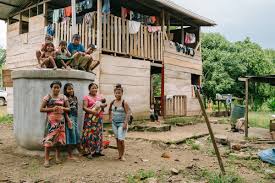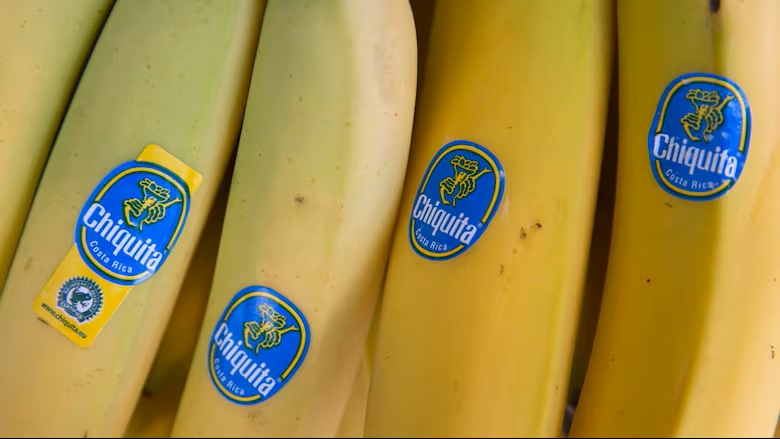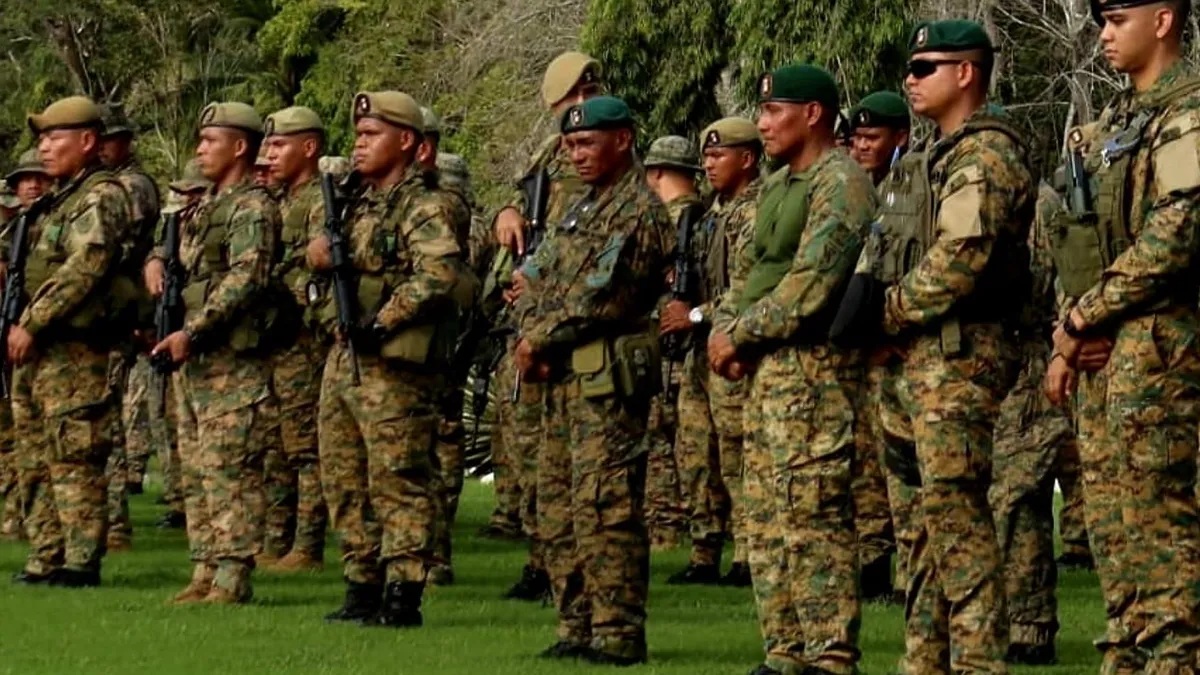Gender inequality in Panama worse than Costa Rica, Colombia

Panama continues near the bottom of the Gender Inequality Index (GDI) with a value of 0.460, placing it at position 108 of 189 countries. Well below neighboring countries, such as Costa Rica (0.285) and Colombia (0.411), which occupy positions 61 and 94, respectively.
The inequality that exists between men and women is one of the biggest obstacles that slows down human development, says the United Nations Development Program (UNDP) in its Human Development Report 2019
The index measures the disadvantages that women may experience with respect to men in three dimensions: reproductive health, empowerment and the labor market.
The situation is due to the fact that in Panama only 18.3% of parliamentary seats are occupied by women, and the participation of women in the labor market is 52.5% compared to 80.5% in the case of men. However, 74.8% of adult women have reached at least a secondary level of education compared to 68.4% of their male counterparts.
UNDP research specialist, Martín Fuentes, said that women are more prepared in the educational aspect, but there are still obstacles so that they can occupy positions of high hierarchy: such as the overload of domestic tasks or cultural beliefs that women are not good leaders.
In addition, he indicated that, out of 193 countries, 11 are governed by women.
On the other hand, Heriberto Tapia, a member of the team that prepared the UNDP Human Development Report, explained that general and gender inequality is a “serious problem” in Panama, since women do not have the same opportunities as men .
Tapia said that in Panama it is known that women work longer hours than men, but receive 35% less income than their male counterparts, which he considered “a great injustice.”
He added that, although the measurements on gender inequality biases are global, in the case of Panama there are indicators that he described as “worse than they would expect for the level of development that the country reaches.”





